Pl. Muzeina, 3 – church of the Blessed Eucharist (former Dominican convent church)
Architecture
Church façade with an interrupted pediment is adorned with two columns on socle flanking the central entrance. The cupola drum is also decorated with columns. The windows are rectangular, in molding. The pediment is decorated with statues of saints (by the sculptor S. Fesinger).
The interior encompasses wooden sculptures set up under the cupola (the second half of the eighteenth century), altar plastics by M. Polejowski (1777) and stone and alabaster tomb stones of the sixteenth-seventeenth centuries from the old church. Special attention should be paid to the marble epitaph made by B. Torvaldsen (dating to 1816), the monument to A. Grotger (by the sculptor W. Gadomski, dating to 1880) and memorial plastics by A. Schimser (the first third of the nineteenth century).
The Lviv’s Dominican Church of the Lord’s Body is one of the best late Baroque architectural monuments in Europe.
Related Places
Personalities
-
Leonard Marconi
–
Leonard Marconi was a sculptor and building decorator, professor at the Higher Technical School in Lviv.
-
Wincenty Pol
–
This popular Polish poet of the Romantic era was also one of the first geographers in the world and a versatile scholar. Wincenty Pol travelled a lot and was familiar with the nature and antiquities of Galicia. In 1866-1867, he collaborated with conservator Mieczysław Potocki as a correspondent of the Central Commission for the Protection of Monuments. During this time, he became a vocal critic of the institution.
-
Ivan Stupnytskyi
–
Fr. Ivan Stupnytskyi is an example of an intellectual for whom, despite his religious rank, studies in numismatics and archeology did not have a clearly religious basis, being rather a pleasure at leisure, which his education and high social position allowed him. Chancellor of the Greek Catholic Church, bishop of Przemyśl and deputy marshal of the Galician Diet, he also was a correspondent of the Viennese Central Commission for the Protection of Monuments in 1866-1890.
-
Józef Sermak
–
Józef Sermak (appr. 1834-1874) was born in Lviv and studied law at the Francis I University. He worked as a lawyer in Przemyśl and, from 1867, in Lviv, where he also became a member of the City Council and many societies. In 1865-1874, he collaborated with conservator Mieczysław Potocki as a correspondent of the Central Commission for the Protection of Monuments.
- Mieczysław Potocki
Sources
By Ihor Zhuk
Media Archive Materials
Related Pictures
-
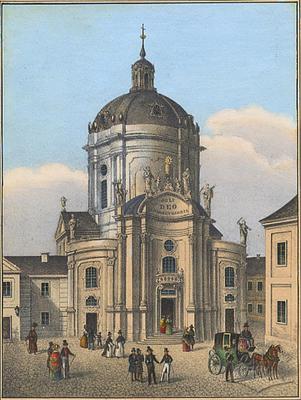 Церква Св. Євхаристії
Церква Св. Євхаристії
-
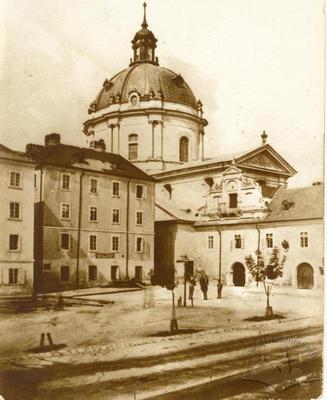 Сквер поблизу вулиці Підвальної
Сквер поблизу вулиці Підвальної
-
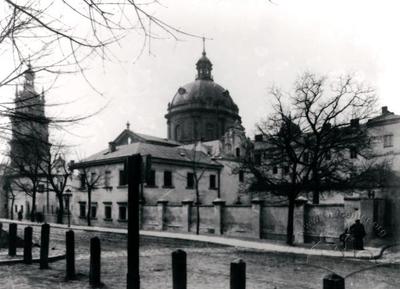 Вид вулиці Підвальної
Вид вулиці Підвальної
-
 Вівтар домініканського костела Божого тіла
Вівтар домініканського костела Божого тіла
-
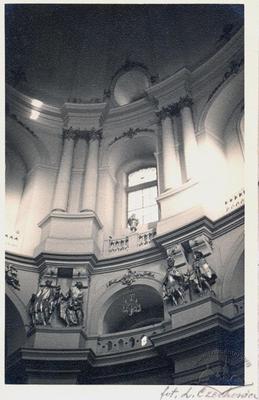 Інтер'єр церкви Пресвятої Євхаристії
Інтер'єр церкви Пресвятої Євхаристії
-
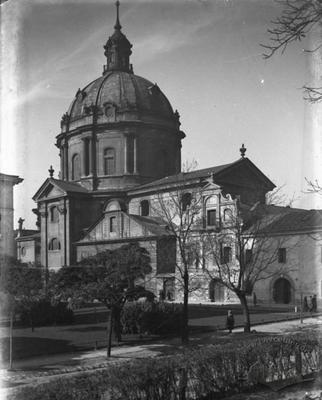 Церква Пресвятої Євхаристії
Церква Пресвятої Євхаристії
-
 Вид вулиці Підвальної
Вид вулиці Підвальної
-
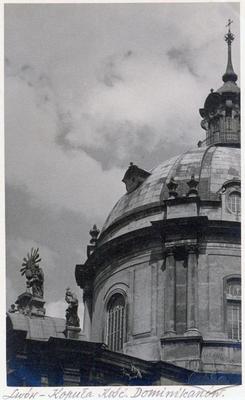 Купол церкви Пресвятої Євхаристії
Купол церкви Пресвятої Євхаристії
-
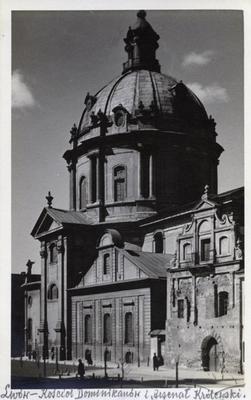 Домініканський костел та Королівський арсенал
Домініканський костел та Королівський арсенал
-
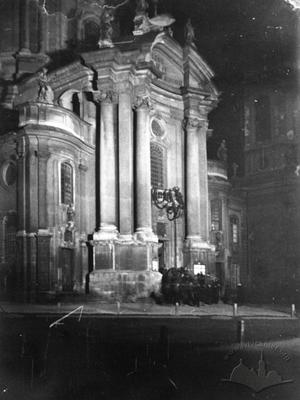 Нічний вид церкви Пресвятої Євхаристії
Нічний вид церкви Пресвятої Євхаристії
-
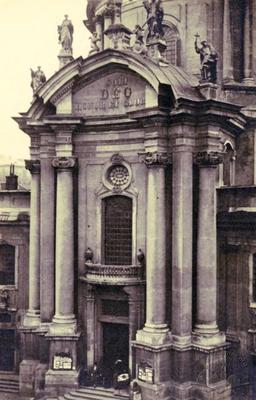 Костел Божого Тіла ордену домініканців
Костел Божого Тіла ордену домініканців
-
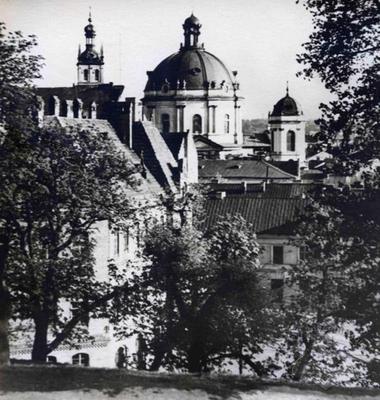 Вид з вулиці Насипної на Управління пожежної безпеки та домініканський костел
Вид з вулиці Насипної на Управління пожежної безпеки та домініканський костел
-
 Вид домініканського костелу з Домініканерштрассе (тепер вул. Ставропігійська)
Вид домініканського костелу з Домініканерштрассе (тепер вул. Ставропігійська)
-
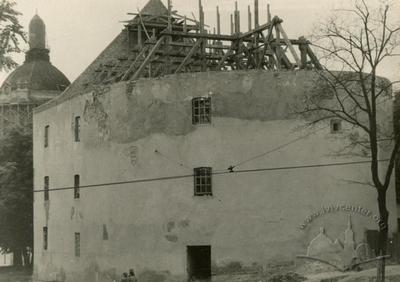 Порохова вежа під час реконструкції
Порохова вежа під час реконструкції
-
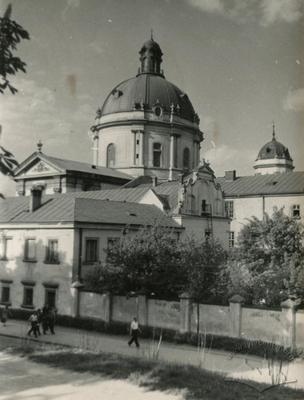 Вид на Королівський арсенал та домініканський костел
Вид на Королівський арсенал та домініканський костел
-
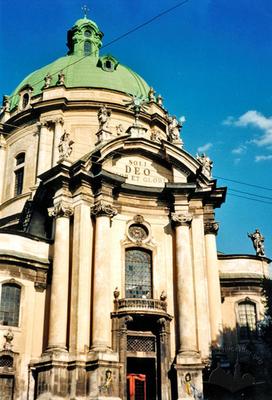 Головний портал церкви Св. Євхаристії (колишній Домініканський собор)
Головний портал церкви Св. Євхаристії (колишній Домініканський собор)
















